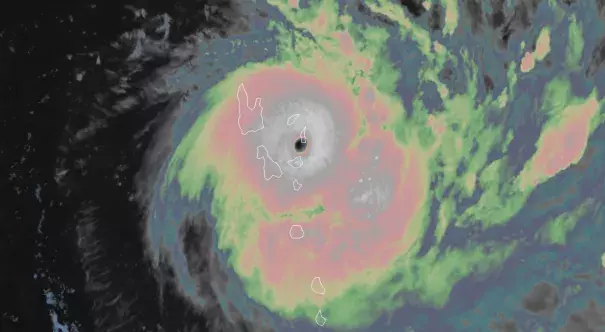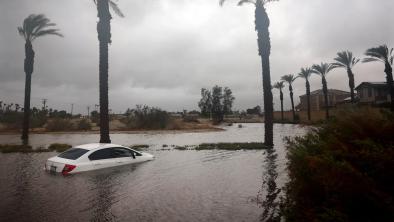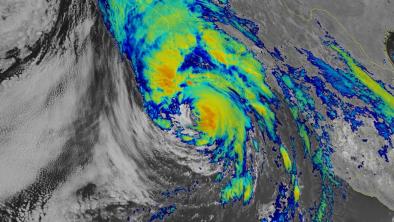Beastly Cyclone Harold slams into Vanuatu at Category 5 intensity

Climate Signals Summary: Climate change is increasing the frequency of intense cyclones and hurricanes because warm ocean waters warm ocean waters fuel storms and allow them to intensify rapidly, like Cyclone Harold did.
Article Excerpt: Weeks into a global health emergency that has virtually brought the world to a halt, the Republic of Vanuatu is dealing with another calamity: a monster tropical cyclone that struck at an intensity equivalent to a Category 5 hurricane. The cyclone, named Harold, rammed into the archipelago Monday, packing sustained winds up to 165 mph.
Vanuatu is a series of 83 islands nestled about 1,200 miles east of Brisbane, Australia, and 750 miles west of Fiji. The nation is sometimes struck by earthquakes and tropical cyclones, but Harold was on the high-end of tempests that occasionally batter the islands. While referred to as a cyclone in the western Pacific Ocean, the storm is no different from a hurricane
Harold is the strongest storm to strike Vanuatu since 2015′s tropical cyclone Pam, which also had 165-mph sustained winds and caused $380 million in damage.
According to the BBC, at least 27 people were killed in the nearby Solomon Islands during Harold’s weekend passage after a ferryboat on which they were traveling succumbed to the ferocious seas.
Thereafter, Harold rapidly intensified before striking Espiritu Santo and Malo islands in Vanuatu at Category 4 status on Monday. Harold continued to spike to Category 5 strength as it barreled into Pentecost Island on Monday night local time.
...
Officials on Vanuatu were already preparing the island nation for the ongoing global health crisis associated with covid-19. While there were no confirmed cases of the novel coronavirus across the country, the widespread pandemic in Australia and other regional nations was expected to make the mobilization and relief of foreign aid that much more challenging for small island nations.
...
The storm has been around for only a week, but Harold stunned forecasters on multiple fronts. The cyclone earned its name on Thursday, spending most of Friday as a Category 1 equivalent before lurching to Category 4 strength on Saturday.
...
Assisting in its rapid intensification were unusually warm sea surface temperatures and a reduction in the amount of wind shear in the atmosphere. Wind shear is a change of wind speed or direction with height. An abundance of shear can tear apart or disrupt a storm’s circulation, while the absence of shear can encourage episodes of speedy strengthening.
Water temperatures in that part of the world are also up to 2.5 degrees Fahrenheit (1.5 degrees Celsius) above average, adding fuel to the storm. Studies have shown an increase in rapid intensification events in recent decades as ocean temperatures have warmed due to climate change.
Related Content





